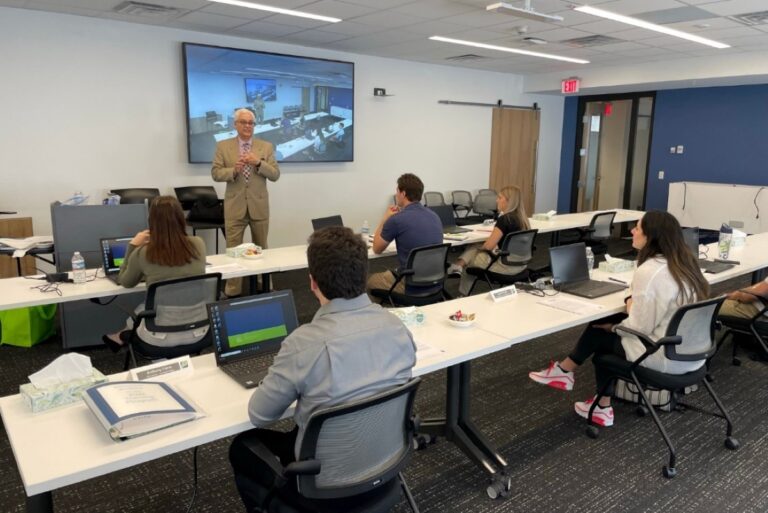Software Development Process for Enterprise Products
What are the stages of enterprise software development? originally appeared on Quora: the place to gain and share knowledge, empowering people to learn from others and better understand the world.
Enterprise software development implies creation of software used to satisfy the needs of organizations rather than individual users. To create a quality product, the developers should follow the software development life cycle (SDLC). That is a set of consecutive phases, each forming the base for the next.
SDLC includes the following phases:
1. Defining the project scope.
At this stage, the project team gathers and analyses requirements to the project for validity and possibility to implement. These requirements include functional and design requirements, detailed plans for the product delivery, cost estimates, etc. An enterprise ordering software should document all the requirements. Thus, they increase chances to get what they want and will have ground for claims afterward.
2. Developing software
Now, the project team gets down to developing software. Typically, developers apply waterfall or Agile software development model.
The waterfall model is the oldest and most straightforward. With this model, developers finish one phase and then start the next. The biggest drawback of this model is that small details left incomplete can hold up the entire process.
The Agile model separates the software development process into cycles (called ‘iterations’) and delivers a working product quickly. Thus, the product gets several releases. With agile, new features can be added to the software at any project stage. However, this model requires active customer interaction. So, an enterprise should be ready to delegate representatives to cooperate with the project team.
The development process is split into the following stages:
– Design preparation based on the requirements. At this stage, the overall software architecture is defined.
– Features implementation. Now, coding is started. All the required features are implemented.
– Integration. At this stage, integration of the implemented features according to the requirements takes place.
3. Stabilizing software
The developed software is tested for bugs to ensure acceptable product quality. Different types of testing are applied, both functional and non-functional.
4. Delivering product to the customer
At this stage, the software is finally delivered to the customer. Besides, the project team provides maintenance and support services to improve the delivered software afterward.
Following this SDLC, it is easier to control the project flow and deliver a product required by an enterprise as the parties agree on the software goal beforehand and create a clear plan to achieve this goal. This way, it is also easier to deliver software within time and budget. Otherwise, the project team may fail to take into account the needs of all users and stakeholders, which results in customer’s dissatisfaction with the developed product or solution.
Contributed by Mary Katanovich, Marketing Analyst at ScienceSoft









